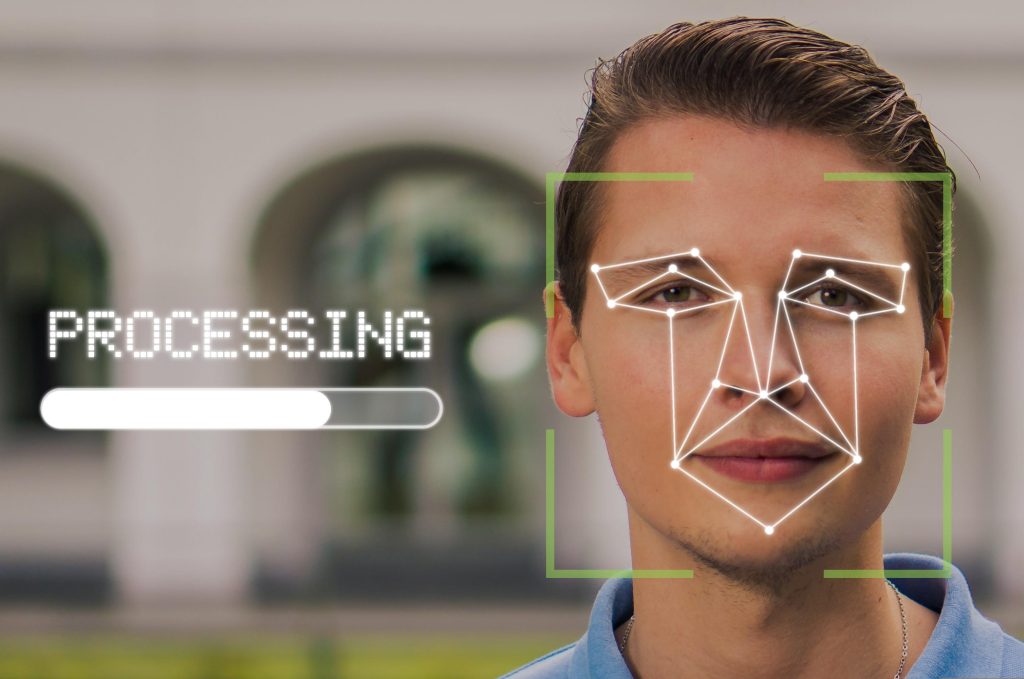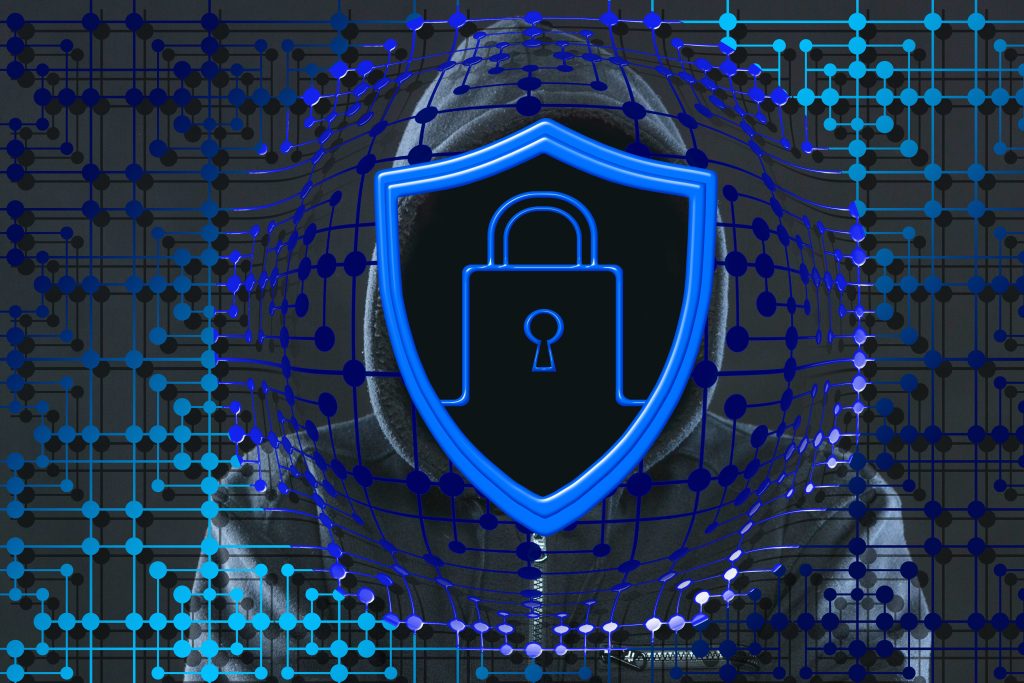The Escalating Cyber Arms Race
Cyberattacks are no longer a matter of if but when. In 2025, global cybercrime damages are projected to exceed $12 trillion annually, fueled by AI-powered tools, ransomware-as-a-service (RaaS), and increasingly sophisticated nation-state actors. For businesses, understanding these evolving threats is critical to survival. This blog breaks down the top cyberattack trends of 2025 and actionable strategies to fortify your defenses.
1. AI-Powered Cyberattacks: The Rise of Autonomous Threats
Hackers now leverage generative AI to automate phishing campaigns, mimic human behavior, and bypass traditional security systems. Tools like WormGPT (a malicious ChatGPT variant) craft flawless phishing emails, while AI-driven malware adapts in real time to evade detection.
- A 2024 IBM report revealed a 40% increase in AI-generated phishing attacks targeting SMEs.
- At Risk: Weakly secured cloud platforms, remote workforces, and legacy systems.
Protection Strategy:
- Deploy AI-powered defense tools like Darktrace or CrowdStrike to detect anomalies.
- Train employees to spot AI-generated scams (e.g., overly polished language, fake urgency).
- Adopt Zero Trust Architecture to limit lateral movement during breaches. You have to assume no user or device is safe by default.
2. Ransomware 3.0: Faster, Smarter, and More Destructive

Ransomware gangs now use triple extortion tactics: encrypt data, leak stolen files, and disrupt physical infrastructure (e.g., hospitals, power grids).
- Targets: Critical infrastructure, healthcare, and supply chains.
Protection Strategy:
- Implement air-gapped backups and test restoration protocols quarterly.
- Partner with ransomware negotiation experts (e.g., Coveware).
- Use behavioral analytics to detect encryption patterns early.
3. Supply Chain Attacks: The Weakest Link Exploited
Attackers infiltrate third-party vendors (e.g., SaaS providers, IT vendors) to compromise thousands of downstream businesses. The 2023 SolarWinds breach was just the beginning.
- 2025-2026 Prediction: 60% of organizations will face supply chain attacks due to unvetted vendors.
Protection Strategy:
- Conduct vendor risk assessments and mandate multi-factor authentication (MFA) for partners.
- Use software bill of materials (SBOM) tools to track dependencies.
- Segment networks to isolate third-party access.
4. State-Sponsored Cyberwarfare: Geopolitics Goes Digital

The Trend:
Nation-states are weaponizing cyberattacks to destabilize economies, steal intellectual property, and influence elections.
- Examples:
- Russian APT29 targeting Western energy grids.
- Chinese-backed hackers exploiting vulnerabilities in smart cities.
Protection Strategy:
- Collaborate with threat intelligence platforms like Mandiant or Recorded Future.
- Invest in quantum-resistant encryption for sensitive data; see our previous blog.
- Conduct red team exercises to simulate attack scenarios.
5. Deepfake Phishing: When Seeing Isn’t Believing

AI-generated deepfakes (voice, video) are bypassing traditional authentication. In 2024, a deepfake audio call impersonating a CEO cost a UK firm $2.5M in fraudulent transfers.
Protection Strategy:
- Train teams to verify requests via secondary channels (e.g., phone calls).
- Deploy deepfake detection tools like Microsoft Video Authenticator.
- Establish strict approval workflows for financial transactions.
Proactive Defense: Building a Cyber-Resilient Future

1. Adopt a “Assume Breach” Mindset:
- Assume attackers are already inside your network. Focus on rapid detection and containment.
2. Automate Security Responses:
- Use SOAR (Security Orchestration, Automation, and Response) platforms to neutralize threats in seconds.
3. Upskill Your Workforce:
- Partner with JustWebTech for custom cybersecurity training programs tailored to your industry.
4. Leverage Threat Sharing:
- Join industry-specific ISACs (Information Sharing and Analysis Centers) to stay ahead of threats.
Stay Ahead or Fall Behind
The cyber threat landscape of 2025 demands agility, innovation, and collaboration. At JustWebTech, we specialize in helping businesses build future-ready security frameworks from AI-driven threat detection to post-quantum encryption.

Leave a Reply